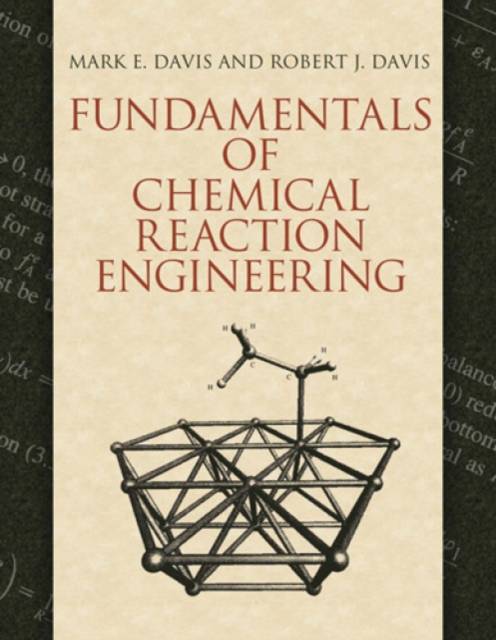
- Afhalen na 1 uur in een winkel met voorraad
- Gratis thuislevering in België vanaf € 30
- Ruim aanbod met 7 miljoen producten
- Afhalen na 1 uur in een winkel met voorraad
- Gratis thuislevering in België vanaf € 30
- Ruim aanbod met 7 miljoen producten
Zoeken
Omschrijving
Appropriate for a one-semester undergraduate or first-year graduate course, this text introduces the quantitative treatment of chemical reaction engineering. It covers both homogeneous and heterogeneous reacting systems and examines chemical reaction engineering as well as chemical reactor engineering. The authors take a chemical approach, helping students develop an intuitive feeling for concepts, rather than an engineering approach, which tends to overlook the inner workings of systems and objects.
Each chapter contains numerous worked-out problems and real-world vignettes involving commercial applications. Topics include the basics of reaction kinetics and rate constants of elementary reactions, reactors for measuring reaction rates and the steady-state approximation, and heterogeneous catalysis. Additional subjects include the effects of transport limitations on rates of solid-catalyzed reactions, microkinetic analysis of catalytic reactions, nonideal flow in reactors, nonisothermal reactors, and reactors accomplishing heterogeneous reactions. Excellent illustrations complement the text, which concludes with three helpful appendices.
Each chapter contains numerous worked-out problems and real-world vignettes involving commercial applications. Topics include the basics of reaction kinetics and rate constants of elementary reactions, reactors for measuring reaction rates and the steady-state approximation, and heterogeneous catalysis. Additional subjects include the effects of transport limitations on rates of solid-catalyzed reactions, microkinetic analysis of catalytic reactions, nonideal flow in reactors, nonisothermal reactors, and reactors accomplishing heterogeneous reactions. Excellent illustrations complement the text, which concludes with three helpful appendices.
Specificaties
Betrokkenen
- Auteur(s):
- Uitgeverij:
Inhoud
- Aantal bladzijden:
- 384
- Taal:
- Engels
- Reeks:
Eigenschappen
- Productcode (EAN):
- 9780486488554
- Verschijningsdatum:
- 19/09/2012
- Uitvoering:
- Paperback
- Formaat:
- Trade paperback (VS)
- Afmetingen:
- 173 mm x 231 mm
- Gewicht:
- 635 g

Alleen bij Standaard Boekhandel
+ 84 punten op je klantenkaart van Standaard Boekhandel
Beoordelingen
We publiceren alleen reviews die voldoen aan de voorwaarden voor reviews. Bekijk onze voorwaarden voor reviews.








